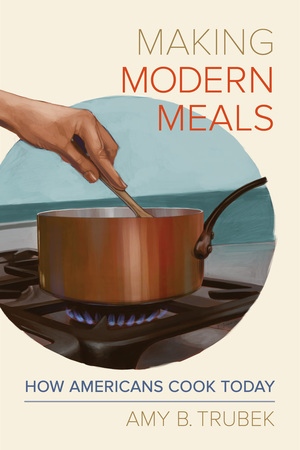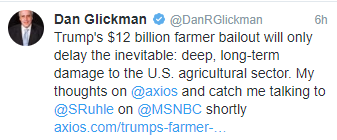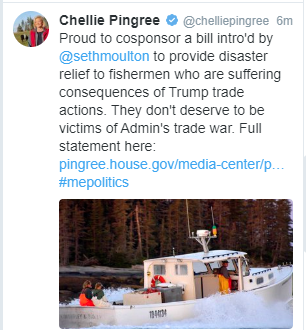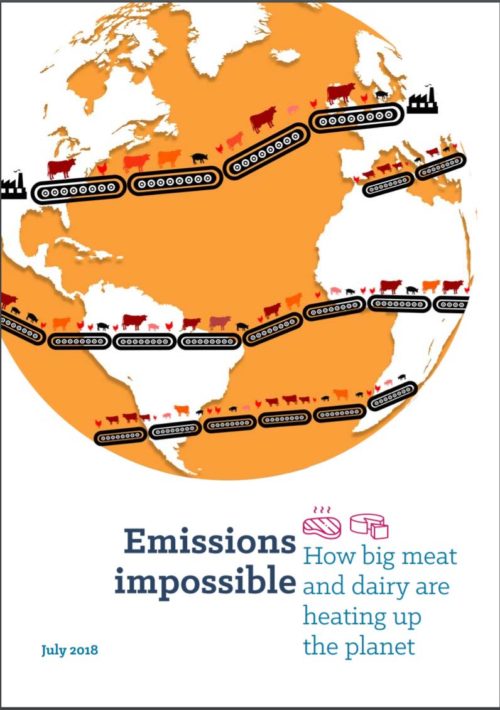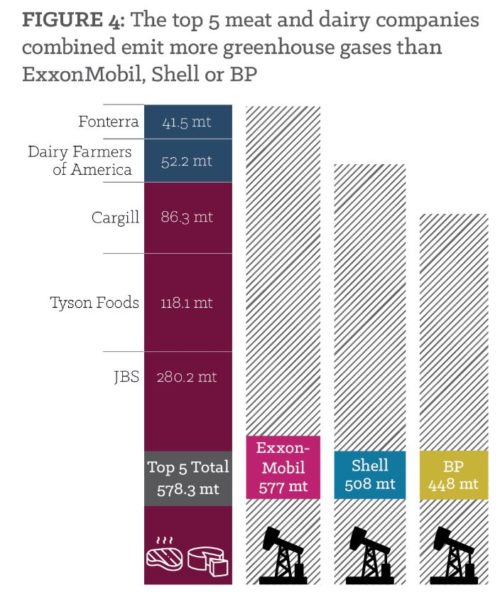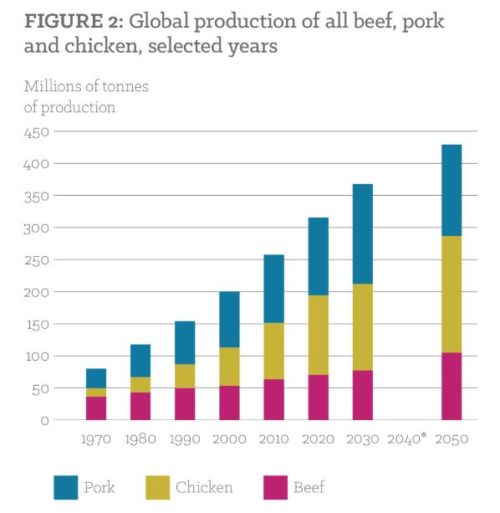Weekend reading: I Am Not a Tractor!
Susan L. Marquis. I Am Not a Tractor! How Florida Farmworkers Took on the Fast Food Giants and Won. ILR Press, 2017.
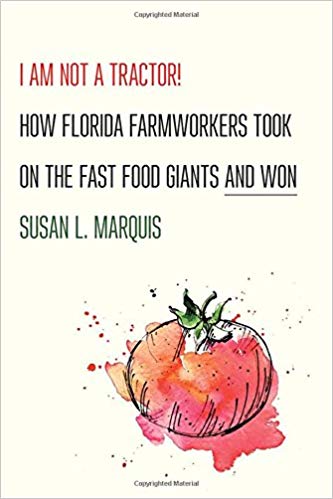
Susan Marquis is the Dean of the Pardee RAND Graduate School and an unlikely person to be writing this book. Her background is in military defense, which she describes as “guns and bombs” (her previous book was Unconventional Warfare: Rebuilding US Special Operations Forces).
As she explains, it was inspired by Barry Estabrook’s article in Gourmet about the harsh treatment of tomato pickers in Florida, later incorporated into his superb book, Tomatoland. Estabrook blurbs her book (“detailed, academically rigorous, and impossible to put down”). I agree.
The book tells the story of how the Coalition of Immokalee Workers fought for higher pay and, after much struggle, got it. Here’s how to find out what it took to get retailers like Walmart and Ahold to agree to pay one cent more per pound—and what a difference that made.
Marquis’ take home lessons:
- Real change has to come from the workers’ themselves (it can’t be led or forced from the outside)
- To change systems, you need to understand them
- To gain allies, you must have a cohesive, consistent, compelling story
- Leaders must have courage, objectivity, creativity, and persistence

